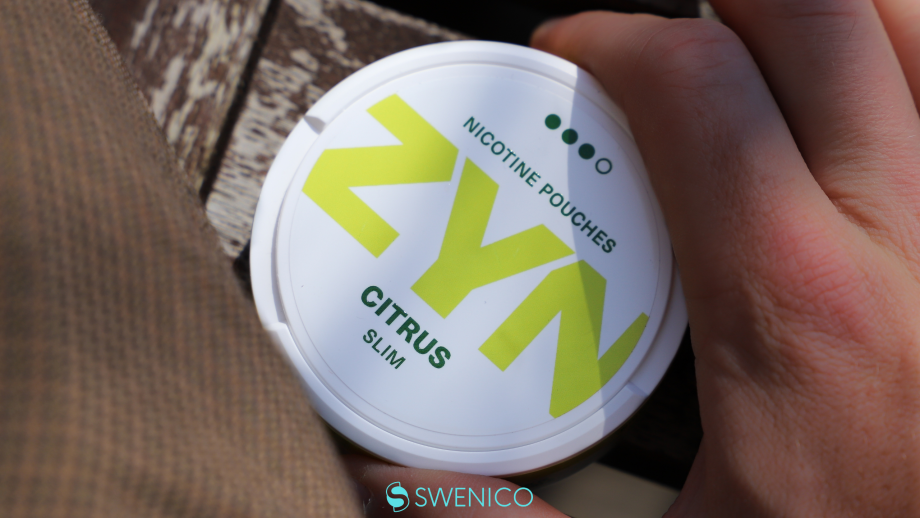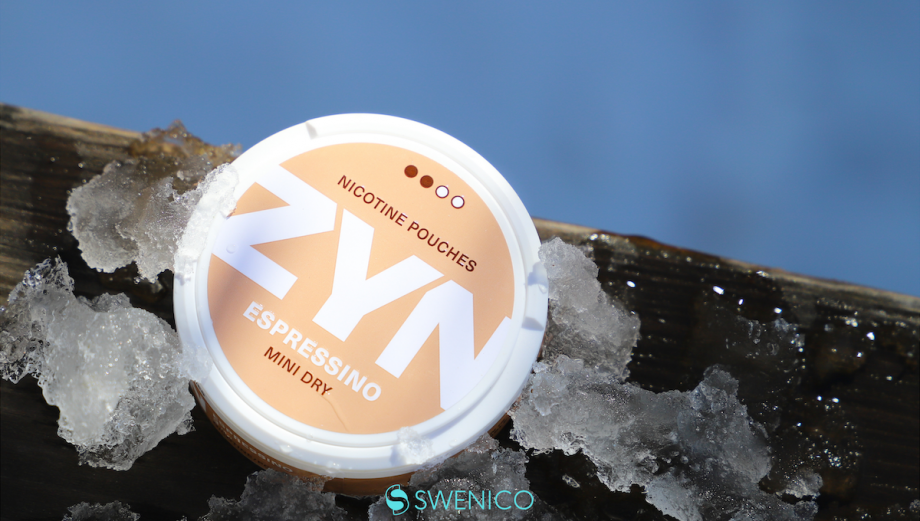Nicotine Pouches have grown immensely in popularity in recent years as a healthier, less harmful alternative to traditional tobacco products. Nicotine pouches are free from smoke and tobacco and are extremely discreet and convenient to use – anytime and anywhere.
Since nicotine pouches are a relatively new product, only having been around for about a decades (even though it is technically a product development of traditional tobacco snus, which has been around for centuries), many people are not familiar with nicotine pouches, what they are, and how they work.
A question that is sometimes asked in regards to nicotine pouches is whether nicotine pouches have cotinine. Cotinine is a metabolite of nicotine that serves as a biomarker for nicotine exposure in the body. Nicotine is the primary ”active” substance in nicotine pouches but cotinine is an indicator of the extent to which the body has processed and metabolized nicotine. With that said, nicotine and cotinine go hand in hand and cotinine will always be present when nicotine has been consumed.
Nicotine is a naturally occurring alkaloid found in the tobacco plant, however, it can also be chemically produced). Almost all manufacturers of nicotine use tobacco-derived nicotine, however.
You could say that nicotine is the single most important ingredient in nicotine pouches as it is what is responsible for the effects, as well as the addictive properties. On the topic of the main question of this article, nicotine undergoes metabolic transformation in the body when consumed which ultimately produces cotinine as a major metabolite. Cotinine has a longer half-life than nicotine which makes it a reliable marker for assessing recent exposure to nicotine. For example, in blood tests whose purpose into identify nicotine consumption, the focus is usually on cotinine, not nicotine, interestingly enough.
With that said, nicotine pouches do not ”have” cotinine as an ingredient, however, when the nicotine from them is consumed, the metabolic transformation in the body turns it to cotinine.
Now, let’s take a closer look at nicotine pouches and its relationship with cotinine.

A Closer Look at Nicotine Pouches
The ingredients in nicotine pouches are rather simple. They generally consist of food-grade fillers (plant fibers), flavorings, sweeteners, and nicotine. It is the nicotine that is the ”active” ingredient in nicotine pouches, and the other ingredients are used to give the pouches the correct flavors and properties. It’s important to point out that nicotine pouches do not contain any tobacco.
Due to the growing popularity of nicotine pouches, the number of brands, flavors, variants, and manufacturers has literally exploded in recent years. This is of course great news for consumers as it means a wider selection of strengths, flavors, and variants to cater to everyone’s taste and preferences. Some of the most popular brands today include ZYN, Velo, On!, Loop, Volt, and many more.
Nicotine Absorption in the Body
As discussed, nicotine is the most important ingredient in nicotine pouches considering the whole reason why people use them is to get access to nicotine. But in relation to cotinine, it’s interesting to take a closer look at how the nicotine is absorbed and how it interacts with the body.
Nicotine Pouches are designed to be placed under the upper lip and to be used for around 10-50 minutes before they are discarded. When a pouch is placed under the lip, the nicotine is absorbed via the oral mucosa. You’ll generally experience a tingling sensation when placing a pouch under the lip, which is the nicotine being released into the bloodstream.
The key benefit of nicotine pouches (that also explains their growing popularity) is that they are completely smoke-free and completely discreet, meaning they can be used anytime and anywhere, without anyone knowing. Moreover, as we all know, the great danger of smoking is related to the inhalation of smoke into the lungs and this is something that can be avoided by using nicotine pouches.
Nicotine Levels in Pouches
Nicotine strength can vary greatly in nicotine pouches which is great news as it means that everyone can find their preferred strength, whether you’re an experienced user looking for a powerful kick or a novice who want a more mellow nicotine experience.
The nicotine strength generally ranges from 1.5mg per pouch (low) to up to 50mg per pouch (ultra strong/super strong). The most popular nicotine strengths, however, are 4mg (normal) and 8mg (Strong).
If you are unfamiliar with nicotine pouches, it’s always advised to opt for a low nicotine strength in the beginning and then increase the strength if necessary. A too-high nicotine dose can otherwise cause dizziness and nausea. But over time, we develop a tolerance for nicotine, which is why more experienced users generally turn to stronger alternatives to achieve the same effect.
Cotinine: The Metabolite Connection
Moving on to the main focus of this article: cotinine. What is it?
Cotinine is a metabolite derived from the metabolism of nicotine in the human body. When nicotine is absorbed, it undergoes enzymatic processes in the liver. This process results in the formation of cotinine. The metabolite has a longer half-life than nicotine which makes it a reliable marker for assessing recent nicotine exposure.
Cotinine serves as an important intermediary in the breakdown of nicotine. The body converts nicotine into cotinine through a process called oxidation. This transformation allows for the elimination of nicotine from the body over time.
The cotinine levels in your body after you have used a nicotine pouch can vary based on individual factors such as metabolism, frequency of use, and the nicotine content of the pouches.
Monitoring Nicotine Consumption
As mentioned, cotinine levels are generally used to examine nicotine exposure, not nicotine itself. For different reasons, doctors or others may want to monitor nicotine exposure and in these cases, cotinine is the key metric.
Elevated cotinine levels naturally indicate increased nicotine exposure.






